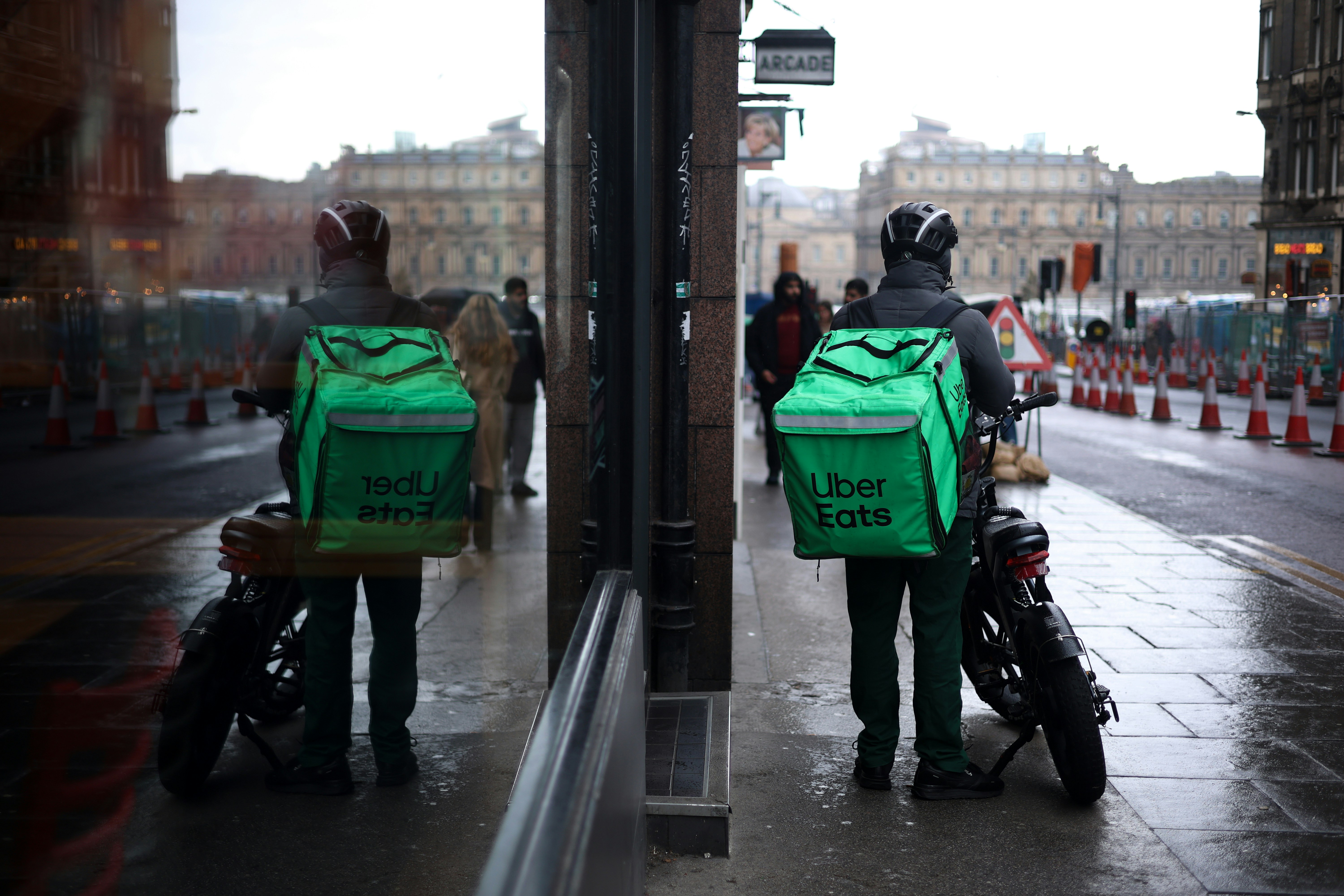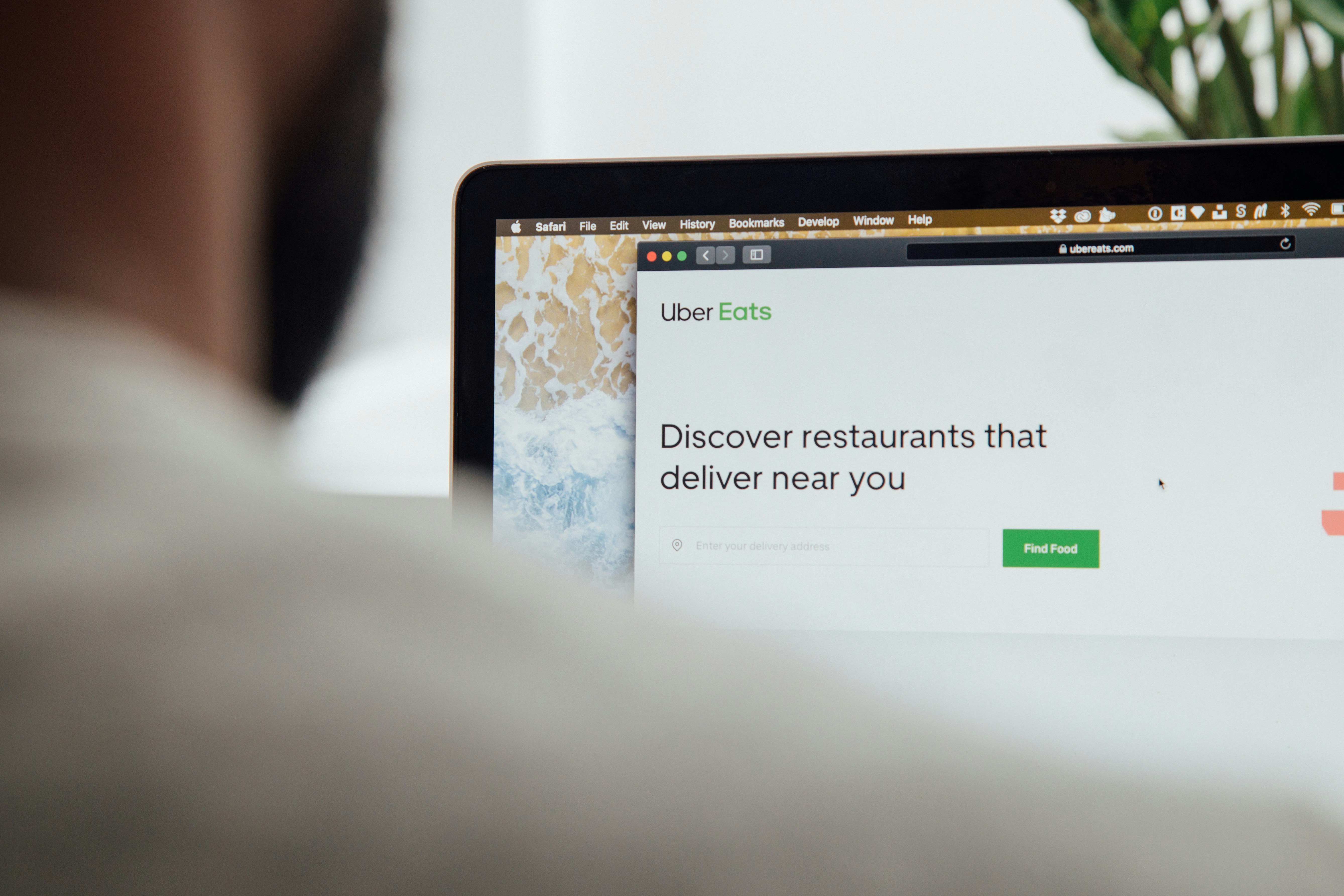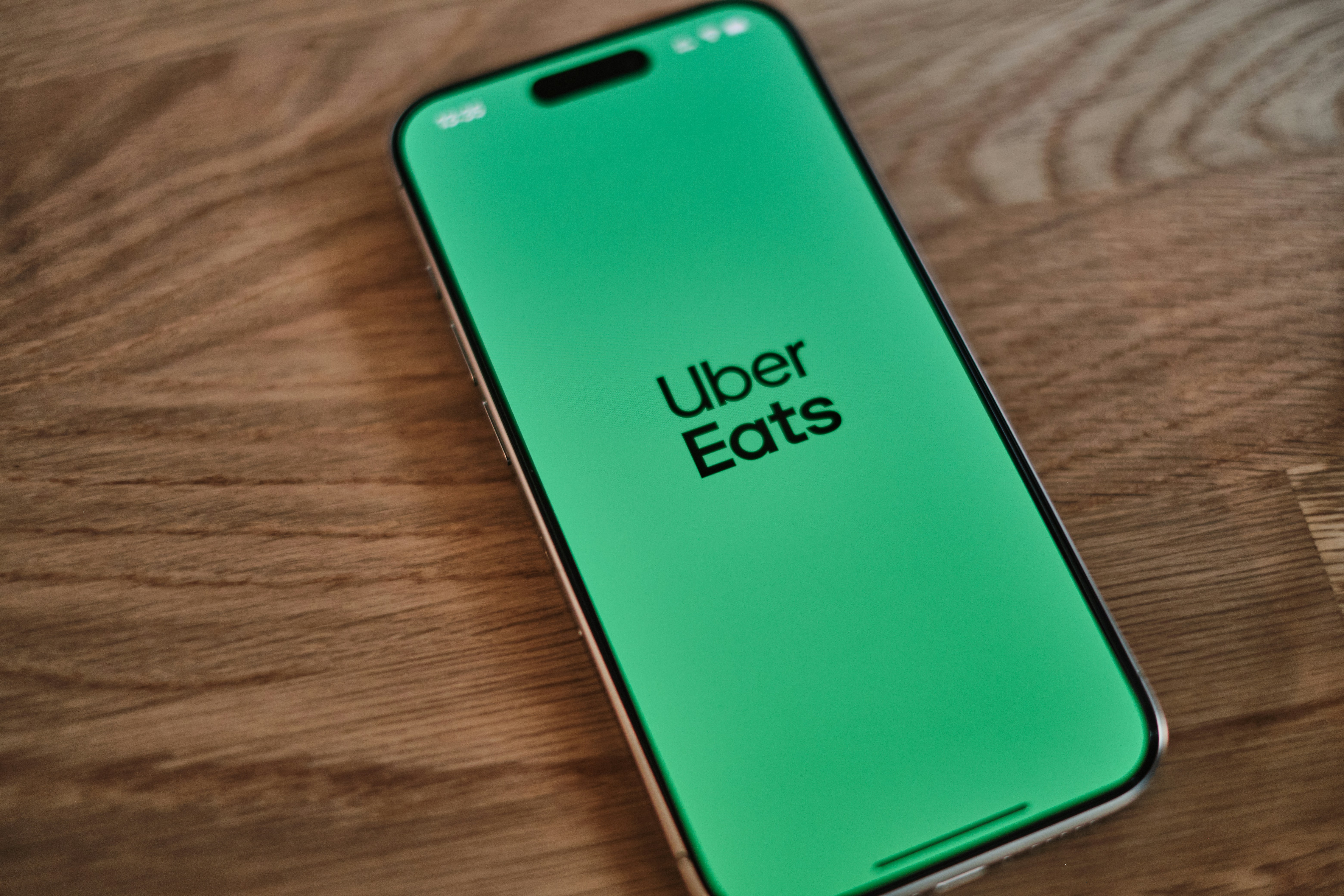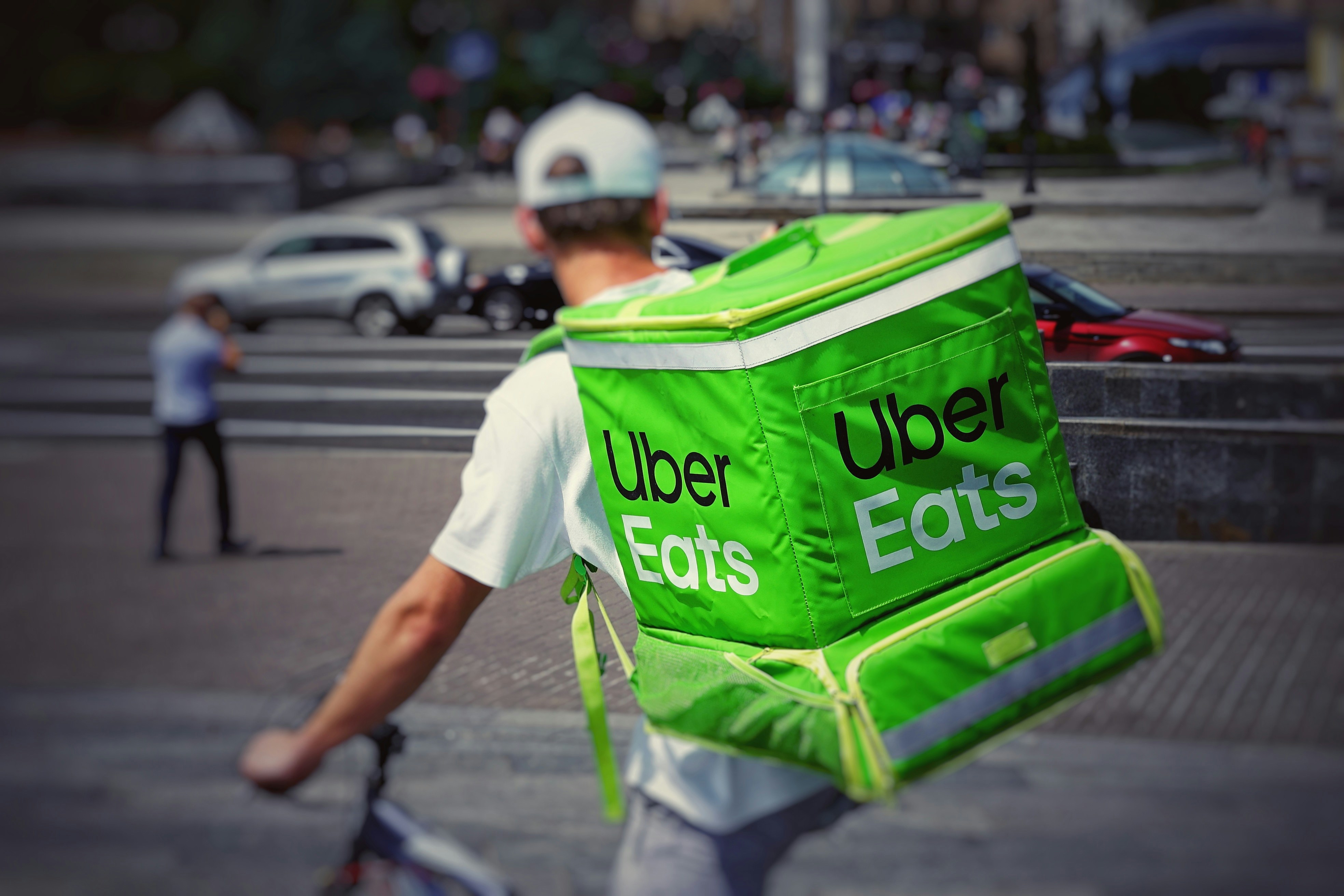Uber Invests in Flytrex to Bring Drone Delivery to Uber Eats at Scale
Uber's investment in Flytrex links a proven drone operator with Uber Eats' high-volume marketplace, moving aerial delivery from trials to integrated service 'at scale for the first time.'

Photo by Tony Sebastian on Unsplash
A New Course Is Plated
Uber has invested in Flytrex to scale drone delivery on Uber Eats, a pairing that threads a proven drone operator into a high-volume delivery marketplace. The move is positioned as both near-term accelerant and long-term foundation for autonomous logistics, marrying marketplace breadth with aerial execution. The partners point to real service, not showroom theatrics: "over 200,000 meal deliveries over the past three years" stand as evidence of repeated flights and actual customers, the sort of repetition that tempers steel and smooths every handoff. In culinary terms, it’s a shift from tasting menu to reliable service—for Uber Eats, the partnership enables drone delivery "at scale for the first time." The significance lies not only in altitude but in assimilation: aerial legs are meant to blend into the same app, the same choreography, the same rhythm that already dispatches couriers and vehicles. It promises a logistics mise en place where drones are an ingredient, not the spectacle, integrated with restraint and purpose.
From Experiments To Integration
Uber Eats has been assembling a portfolio of autonomous modalities designed to complement human couriers rather than erase them. After testing drone delivery in 2019, the platform widened its canvas: sidewalk and short-range automation with Serve Robotics, Cartken, and Coco; collaborations with Nuro, Avride and Waymo for vehicle-based delivery. Each tool speaks a different dialect of the city—bots for sidewalks and short hops, cars for longer ground routes, and now drones to leap over the constraints of street-level geometry. The strategic turn now is from experimenting at the edges to integrating at the core. Adding drones "at scale for the first time" brings the aerial option inside the same customer interface and routing logic that already orchestrate orders and couriers. It replaces the flourish of novelty with the discipline of service, keeping the customer journey familiar while the back-of-house expands its repertoire with quiet confidence.
Logistics As Mise En Place
The mechanics are straightforward, as if a seasoned brigade were slotting a new station into a well-rehearsed line. Uber’s marketplace generates demand and manages orders; its routing and dispatching systems decide who moves where, when, and in what sequence. Flytrex, for its part, contributes the aircraft and the operational layer required to execute aerial legs reliably and repeatedly. It is a unified pathway from customer tap to delivery handoff, with drones extending reach precisely where ground options may be slower or less direct. Crucially, this is a logistics fusion, not a new app. Order management, routing, and dispatch continue to run through Uber, preserving the cadence customers already know. Flytrex handles flight operations and the specialized infrastructure—those quiet but essential mise en place details—that make repeated missions not only possible but predictable. The front-of-house remains elegant and familiar; the backstage gains a new instrument, tuned to speed and consistency.
Proven Flights, Focused Footprint
Flytrex’s execution record—"over 200,000 meal deliveries over the past three years," emphasized by executive chairman Noam Bardin—grounds the promise of scale in repetition and real customers. This is not a collection of sunny-day demonstrations; it is the accumulation of flights that taught timing, honed reliability, and prepared operations for integration into a platform that values predictability as much as speed. Today, Flytrex operates in a concentrated U.S. footprint, including parts of North Carolina and Texas. That focus is intentional, with growth tied to adding resources as development and deployment accelerate. Meanwhile, the company has expanded partnerships with aggregators like DoorDash, signaling that platform integrations are central to its go-to-market strategy. Access to multiple platforms can diversify distribution, but the Uber relationship brings marketplace breadth and demand density—conditions that can translate into more frequent, reliable missions and a brisk, repeatable tempo of service.

Voices From The Helm
"Partnering with Uber—pioneers of ground-based mobility—brings together proven logistics expertise with aerial innovation," said Noam Bardin, framing the tie-up as a complementary marriage of strengths. His vision extends beyond early deployments to the architecture of what comes next: "Together, we’re building the infrastructure for a future where autonomous systems seamlessly move goods through our communities, making faster, safer, and more sustainable delivery the new standard." In parallel, Uber’s leadership cast this step as the moment when drone delivery arrives "at scale for the first time" on the platform, a move from trial to integrated option aligned with a broader autonomy roadmap. The emphasis on infrastructure and future signals a measured buildout—near-term missions that lay stones for a system where drones, bots, and autonomous cars share the same digital choreography, each dispatched when its strengths suit the route.

Discipline Over Demos
History gives this moment its contour. Uber Eats’ 2019 drone test offered proof of feasibility, but the current partnership marks a decisive pivot: from isolated trials to an integrated service under a single platform strategy. Bringing Flytrex into the fold aligns aerial capabilities with existing routing, order management, and dispatch—an evolution from event to everyday. For Flytrex, the investment is expected to accelerate development and deployment, turning proven operations into scaled service supported by consistent demand. Here, scale means more than volume; it means reliability and frequency, the cadence that emerges from demand density and a disciplined rollout. Repeated flights and real customers become not anecdotes but the operating system, quieting the noise of novelty and favoring the steadiness of craft.

Orchestrating Bots, Cars, And Drones
Uber’s autonomy portfolio is deliberately multi-modal. Work with Serve Robotics, Cartken, and Coco advances sidewalk and short-range solutions; collaborations with Nuro, Avride and Waymo extend into vehicle-based delivery; Flytrex adds the aerial leg. Each modality is a specialist: the bot sidesteps curb clutter, the car stretches comfortably across distance, the drone ignores congestion entirely. The strategy is to orchestrate them through one interface and one logistics spine, choosing the right instrument for each passage. On distribution, Flytrex’s partnerships with aggregators like DoorDash reveal a complementary approach: diversify demand while embedding with platforms that can deliver rhythm, not just volume. Uber’s marketplace, by virtue of breadth and density, can sustain more consistent missions. The relationships differ in character, but they share a principle: platform integrations as the lever that turns proven technology into repeatable service in more communities.

Implications Across The Table
Bringing drones into Uber Eats’ core logistics fabric suggests a practical formula for growth: augment human couriers with autonomous bots, cars, and drones; use marketplace breadth to concentrate demand; and rely on platform integrations to keep the experience seamless. For restaurants, that translates into more delivery options calibrated to neighborhood patterns and distances, all flowing through the familiar order channel. For couriers, the message is additive—automation is framed to complement human work rather than to displace it. Customers may see speed in certain scenarios without any change to the way they place orders. The immediate path runs through Flytrex’s focused footprint in parts of North Carolina and Texas, where repeated flights, real customers, and disciplined rollout can extend aerial service. The longer horizon echoes Bardin’s vision of infrastructure: not a one-off flourish but a system built layer by layer, until the drone’s quiet hum feels as ordinary—and as meticulously timed—as a kitchen pass in full service.

What We Know And The Lesson
Certain elements are already clear. The investment will help Flytrex accelerate development and deployment, and it enables Uber Eats to add drones "at scale for the first time." It is known where Flytrex operates today—parts of North Carolina and Texas—and that the company has executed "over 200,000 meal deliveries over the past three years." These waypoints define the near horizon and give substance to the promise of integration. Other details remain unspecified: the investment amount, the precise rollout schedule, the next set of markets beyond the current footprint; service metrics beyond delivery counts are not provided, and the exact conditions for dispatching drones versus bots or cars are not detailed. Given the emphasis on disciplined rollout and real customers, the trajectory suggests expansion shaped by repeated flights and deep platform integration, even if timing and sequence are yet to be set. The lesson is elegant in its simplicity: in delivery, maturity is not measured by spectacle but by repetition. Pair operational proof with marketplace density, integrate it inside a familiar experience, and autonomy becomes not a garnish but a staple—reliable, restrained, and precisely timed.